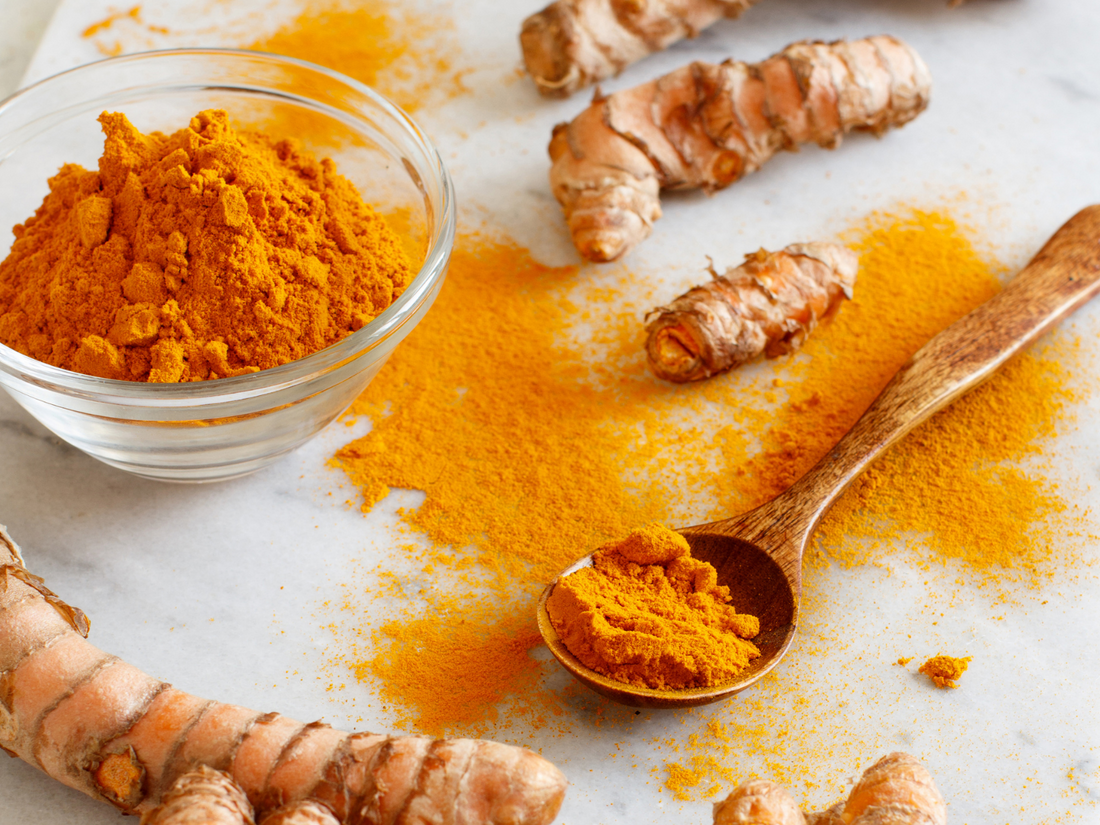Read Time: 5 min | Categories: Body Health
Top 10 Anti-Aging Foods
Hillary Krupa, RHN
Share this article
Bad news first: There is no way to stop the clock. The good news? It is possible to slow the process!
When it comes to looking younger, feeling healthier, and even living longer, there’s no secret – it’s as simple as choosing a healthy diet, getting regular exercise, and drinking plenty of water.
Making small but intentional changes in your food choices can have a dramatic effect on the body’s biological aging process, one that can be seen visibly and felt with an increase in vitality. Feeding your cells with these nutrient-rich foods is an excellent starting place.
1. Pomegranate
Pomegranate is an anti-aging powerhouse. Research has shown it to have cardio-protective and anti-inflammatory properties, along with high antioxidant activity. It’s also been shown to support healthy skin by protecting against UVA and UVB sun damage. With high amounts of vitamin C, an essential for vibrant skin, pomegranates also contain a powerful phytonutrient called punicalagin that helps fight the skin-damaging effects of free radicals.[1]
2. Turmeric
This bright yellow spice, commonly found in curries, contains the compound curcumin, which has potent anti-inflammatory and antioxidant properties. Try adding turmeric powder or ground turmeric root to soups and stews, eggs, or even smoothies. Golden milk is an increasingly popular drink that contains turmeric in a base of almond or coconut milk, with other warming spices like cinnamon and ginger. See a recipe below!
3. Avocado
When it comes to dietary fat, the majority should come from monounsaturated fats – something avocados have in spades. Hydrated, soft, and youthful skin requires adequate amounts of healthy fats, particularly monounsaturated, as they form the structure for skin cell walls and reduce photoaging.[2] Avocados are also a great source of vitamin E, potassium, and folic acid.
4. Berries
Antioxidant is a word synonymous with anti-aging, and berries are packed with them – the more vibrantly-hued, the better. The deep purple colour of blueberries and blackberries comes from antioxidants known as anthocyanins. These compounds can help maintain skin’s cellular structure, helping to prevent fine lines and wrinkles and reduce oxidative damage that can accelerate signs of aging.
5. Green Tea
Green tea is loaded with polyphenols, particularly EGCG, another powerful antioxidant noted for its anti-inflammatory and anti-aging benefits. Research has shown green tea to have beneficial effects on triglyceride and glucose levels, reduce oxidative stress, and support weight management.[3] Being much lower in caffeine than black tea or coffee, it is gentler on the nervous system as well.
6. Dark Chocolate
Cocoa beans have an exceptionally high concentration of antioxidant flavonols, which have been shown to fight free radicals, promote vascular health, improve the skin’s resistance to sun damage, and reduce inflammation.
Cocoa has also been shown to have beneficial effects on cognitive function and mood.[4] But before reaching for any old chocolate bar, keep in mind that most are full of sugar, additives, and low-quality cocoa that has had its antioxidant activity destroyed through the refining process. To get the most from this blissful bean, seek out true dark chocolate containing a minimum of 70% cocoa.
7. Kale
Kale is a definite superfood. This dark, leafy green shows up on most “healthiest foods” lists, and for good reason. Kale is high in fibre, vitamins, minerals, and antioxidants – including lutein and zeaxanthin, which are known to protect against the negative effects of UV exposure and support healthy vision.
8. Salmon
The omega-3 fatty acids in salmon and other cold water fish, including sardines, mackerel, and herring, are a key nutrient for healthy cells. Omega-3s can help improve skin cell membranes to keep your skin looking moisturized and plump. Fish is a key part of the Mediterranean and Japanese diets, both noted for their contributions to longevity.
9. Broccoli
Broccoli and other cruciferous veggies contain a wealth of nutrients, including sulfur compounds that help support liver detoxification. Indole-3-carbinole (I3C) is derived from the breakdown of glucobrassicin, a compound found in all cruciferous vegetables. I3C supports the breakdown of estrogens in the body and has been shown to play a role in the prevention of chronic diseases.[5]
10. Fermented Foods
We are only as healthy as our gut. Regularly including probiotic-rich foods in our diet can help optimize digestive function and the absorption of all the nutrients mentioned above. Aim for small, daily servings of foods like plain yogourt or kefir, kimchi, or sauerkraut to keep your gut – and health – in top shape.
Golden Turmeric Milk
Ingredients
- 1 1/2 cups coconut milk
- 1 1/2 cups unsweetened, plain almond milk
- 1 1/2 tsp. ground turmeric
- 1/4 tsp. ground ginger powder or fresh ground ginger root
- 1 whole cinnamon stick or 1/4 teaspoon ground cinnamon
- 1 tablespoon coconut oil
- 1 pinch ground black pepper
- 1 tablespoon maple syrup (or sweetener of choice, to taste)
Instructions
- Add all ingredients in a small saucepan.
- Warm over medium heat, while whisking to combine. Heat until hot to the touch but not boiling, whisking frequently.
- Turn off heat and taste to adjust flavour. Add more sweetener or more turmeric or ginger for a stronger flavour.
- Serve immediately, dividing between two glasses.
- Sip and enjoy your anti-aging beverage!
